Meet the Regency women writers who inspired Bridgerton’s ‘Lady Whistledown’
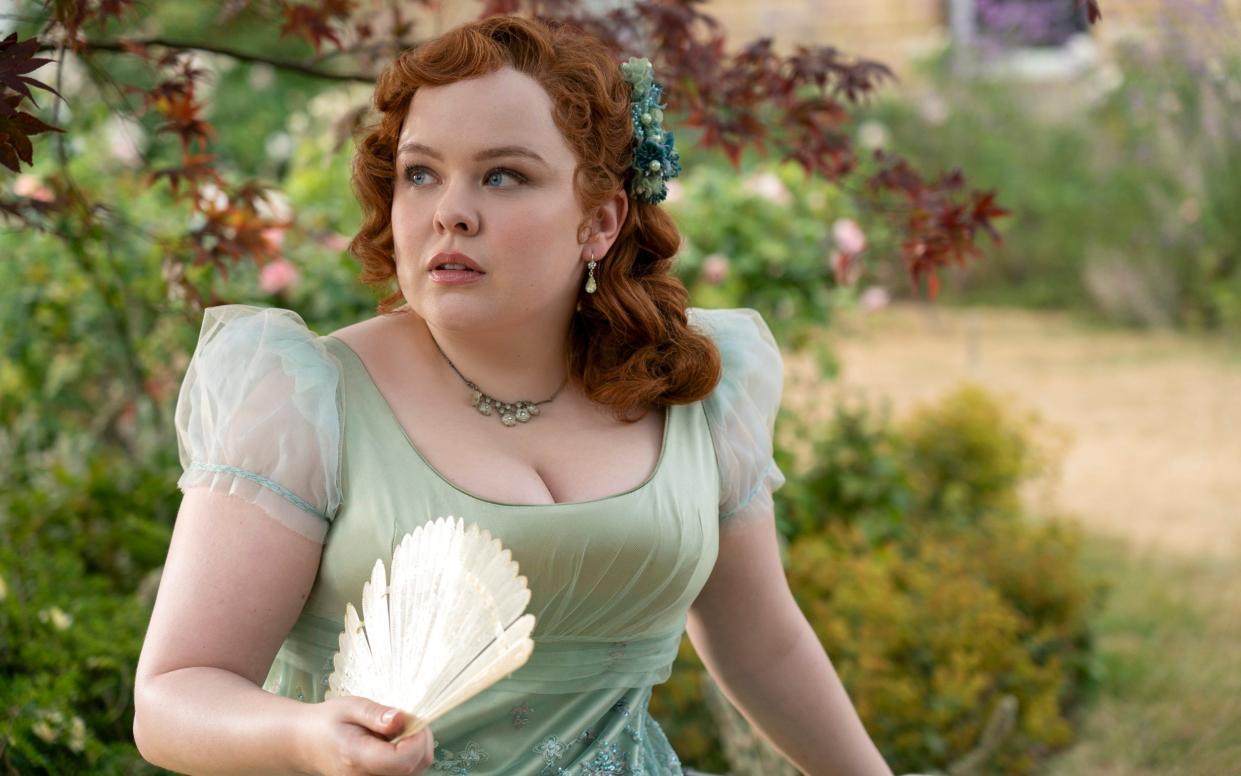
- Oops!Something went wrong.Please try again later.
- Oops!Something went wrong.Please try again later.
- Oops!Something went wrong.Please try again later.
- Oops!Something went wrong.Please try again later.
- Oops!Something went wrong.Please try again later.
- Oops!Something went wrong.Please try again later.
- Oops!Something went wrong.Please try again later.
The carriages have rolled back into town for a new season of Bridgerton, and Penelope Featherington (played by Nicola Coughlan) is on the hunt for a husband. One who won’t interfere with her secret career as Lady Whistledown, author of the Ton’s favourite scandal sheet – a literary endeavour that is both thrillingly lucrative and a source of much-needed self-confidence. It’s frothy fiction, of course, but behind the storyline lie scores of real women of the Regency period for whom writing truly did offer a financial lifeline and sense of fulfilment.
Jane Austen may have eclipsed them all, but hers was an immensely fruitful era for women writers, who were not only out-producing men in the fiction market, but writing best-selling works of poetry, biography and travel. And in terms of fame, sales figures and financial remuneration, Austen was far from the most successful. She earned less than £700 from the four novels published in her lifetime – other women were taking larger sums for a single book. And, as Miss Featherington might be pleased to know, they were doing it both married and single. Here’s your guide to the forgotten female wordsmiths of the Regency.
Maria Edgeworth
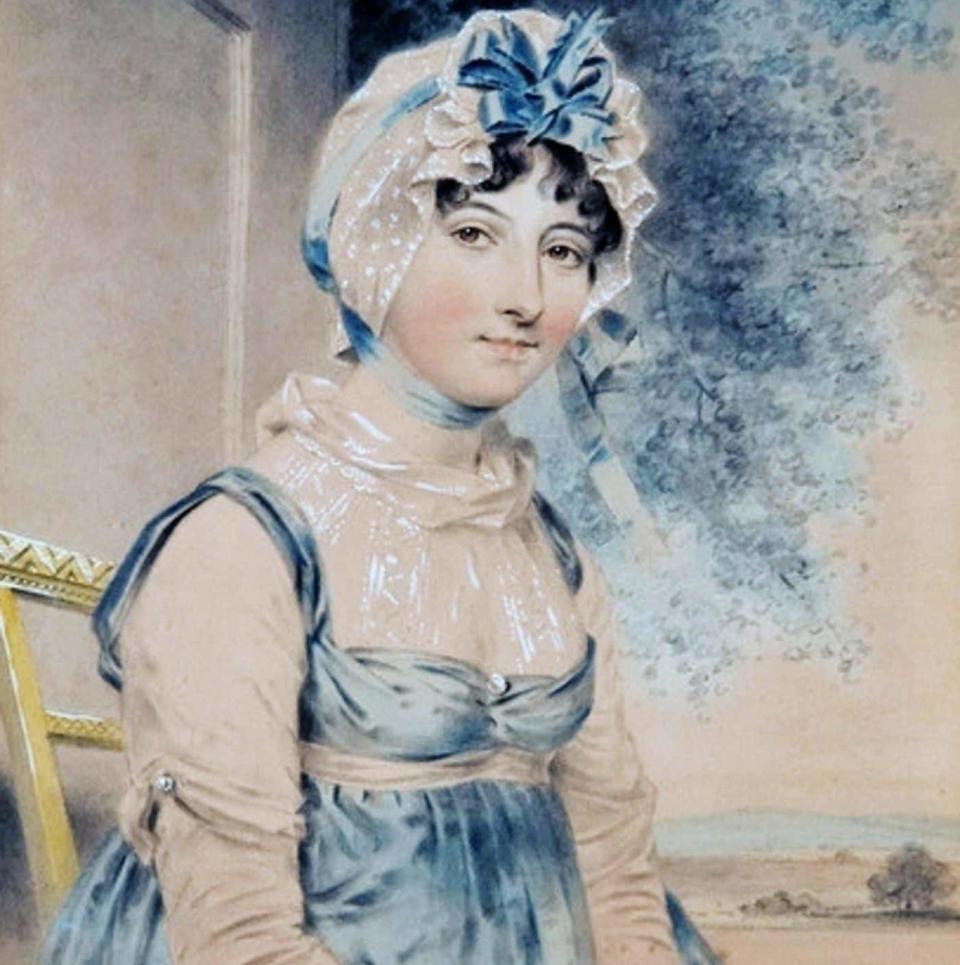
“The great Maria,” as Walter Scott called her, became the Regency’s most famous and most commercially successful novelist, earning over £11,000. Her father was heavily involved in editing her early published work, and her career really took off with 1800’s Castle Rackrent, a comic tale of the decline of an Anglo-Irish dynasty, written from the perspective of their trusty retainer, which was penned and submitted for publication without his knowledge.
By 1814, the year Mansfield Park was published, her popularity was such that she was able to command £2,100 for the sale of Patronage – three times what Scott earned that year from his Waverley. He publicly acknowledged his debt to the Irish writer as the creator of the first “regional” fiction; while Austen was an advocate for her earlier courtship novel Belinda, controversial in its first editions for an interracial marriage between a black servant and an English farmer’s daughter. Like Austen, Edgeworth never wed, using her earnings to fund her own travel and luxuries.
Sydney Owenson (Lady Morgan)
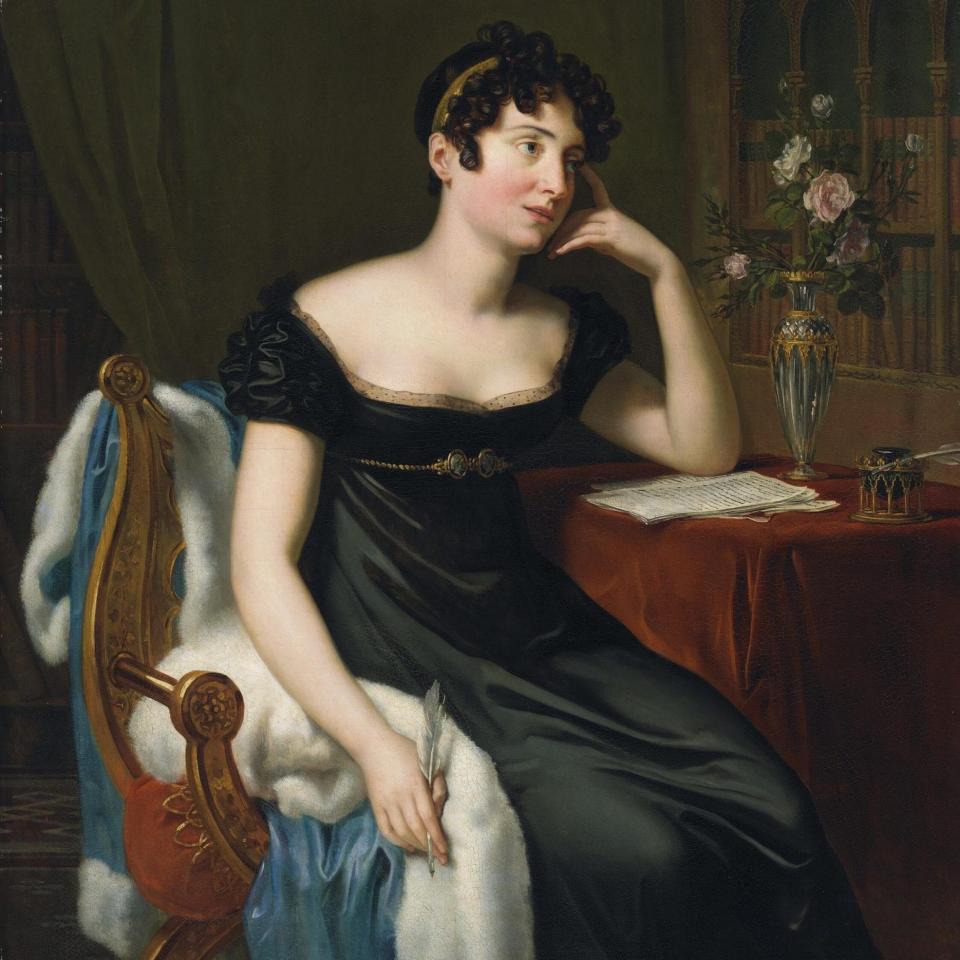
Owenson’s most famous novel, The Wild Irish Girl, was considered so subversive in the wake of the 1800 Act of Union that she was placed under surveillance by the British authorities in Ireland. A nationalist romance, her third novel owed its success as much to Owenson’s extroverted personality as her prose. Unafraid to flaunt her authorship, the former governess and daughter of an Irish actor created a buzz about it by making herself the living model of her heroine Glorvina, playing the harp and creating a high-society craze for Celtic trinkets.
Owenson acquired a title when she married the doctor of her aristocratic patron in 1812. In their marriage settlement he agreed for her writing income to remain in her control. She negotiated her own deals, securing £550 for O’Donnell, the first British novel with a governess for its romantic heroine, and four-figure sums for her travel books. Her estate was worth almost £16,000 on her death in 1859.
Felicia Hemans
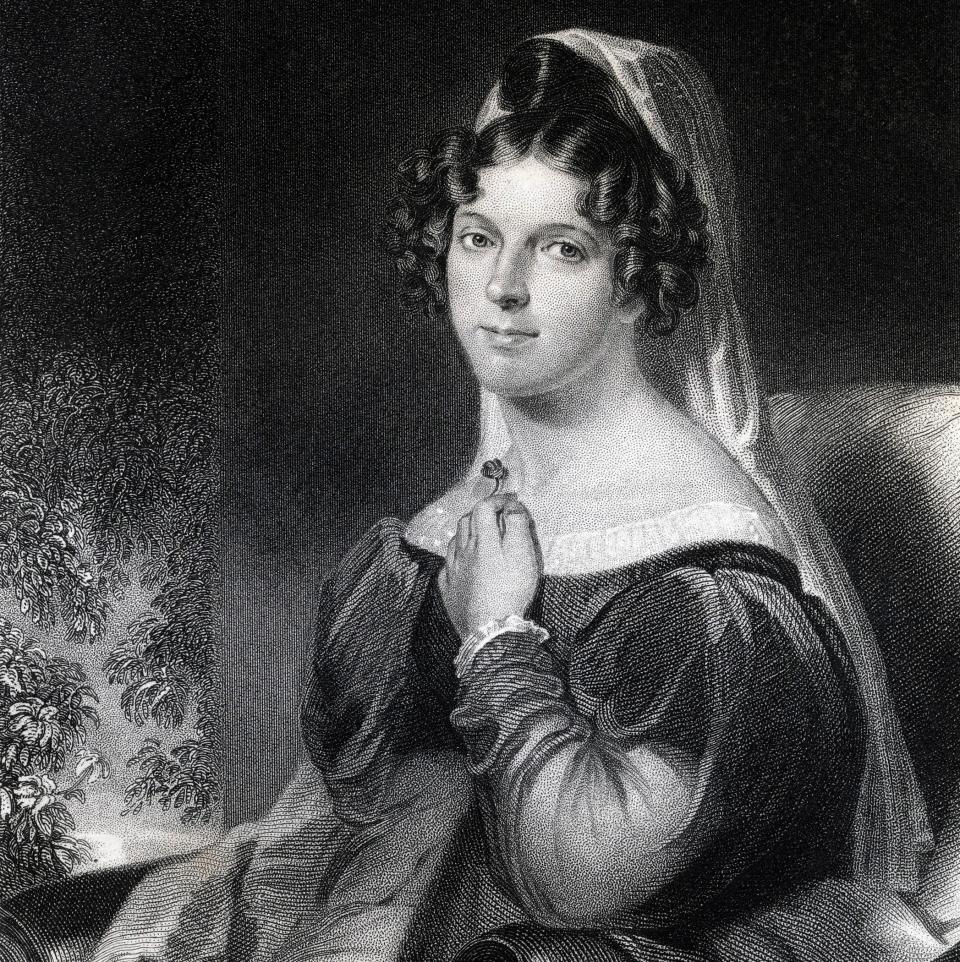
Romantic poet Felicia Hemans out-sold Wordsworth and Coleridge, and out-earned Shelley and Keats. The writer of Victorian-favourite ‘Casabianca’ and the Noël Coward-parodied ‘Homes of England’, her poems (and reputedly extreme beauty) attracted the attentions of Shelley, whose attempt to establish a correspondence was thwarted by her mother. Writing became a professional endeavour only in 1818, after she was deserted by her husband of six years, leaving Hemans the sole provider for their five sons.
She duly turned her hand to everything from reviews and translations to songs and plays, though poetry – especially her ‘Records of Woman’ – brought her fame and fortune. A willingness to play to public taste by composing on domestic and sentimental themes saw her the highest-paid contributor to the prestigious Blackwood’s Edinburgh Magazine. Her earnings are estimated at a minimum of £3,000.
Amelia Opie
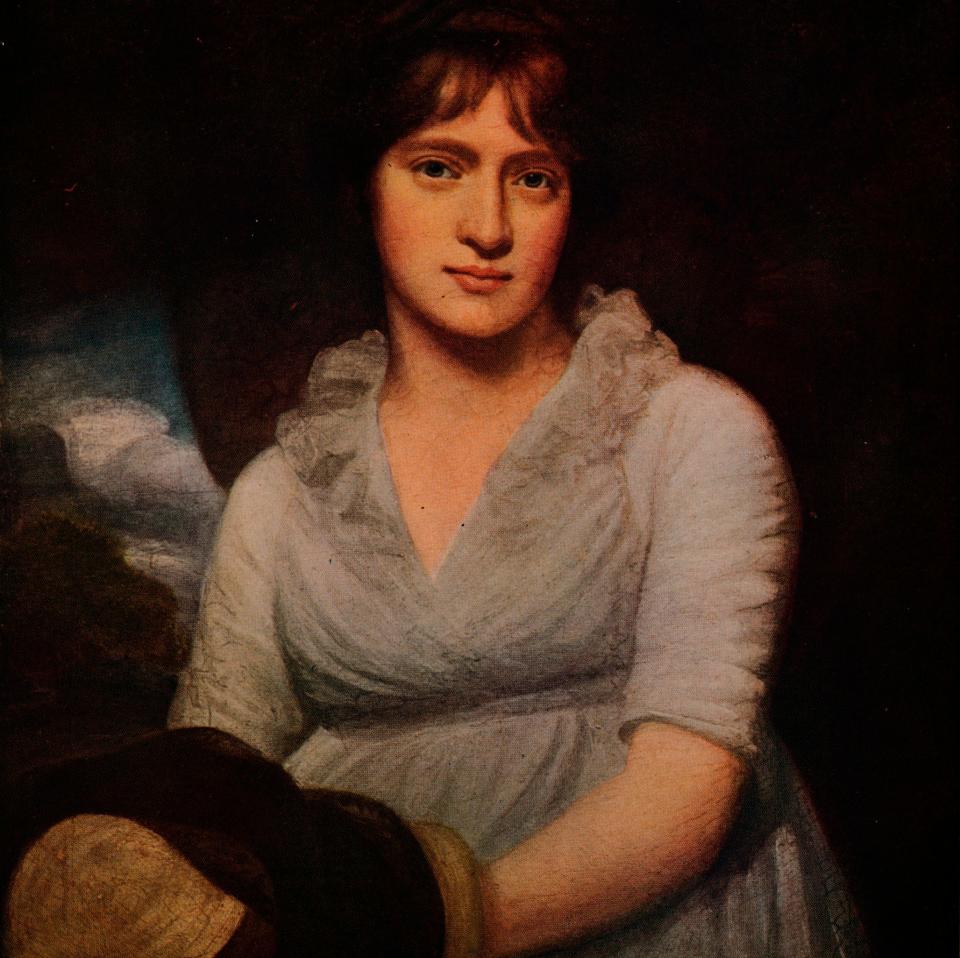
Born in Norwich to a family with radical sympathies, Opie was, for a time, friends with Mary Wollstonecraft and William Godwin. Their unconventional relationship inspired her most famous work, 1804’s Adeline Mowbray – a sentimental novel about a scandalously cohabiting but unmarried couple. Her best-selling work was the earlier The Father and Daughter. A tragic tale of seduction that made Walter Scott cry, it was the first written after her marriage to the divorced society portraitist John Opie.
He not only supported her literary ambitions but encouraged her to write “more and better” – partly, perhaps, because her fiction was so good for their household finances. In her prime, her average earnings were over £200 a year. John died in 1807, but Opie continued to write into the Regency. Having flirted with the idea for years, Opie became a Quaker in 1825, and eschewed novels for morally improving works.
Lady Charlotte Bury
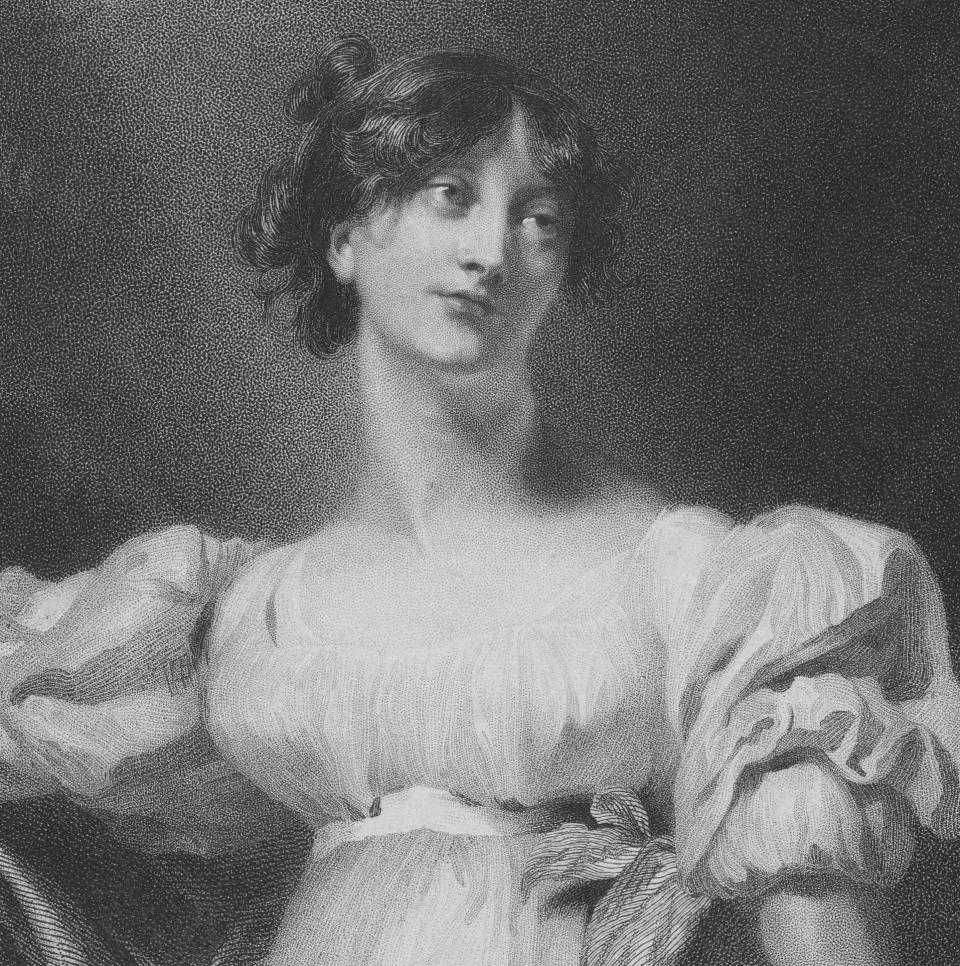
Very much at home in the milieu of Bridgerton, with a personal life to rival its plots, Bury was a daughter of the 5th Duke of Argyll. As a widow with nine children to support, she published a first novel anonymously in 1812, but returned to fiction writing in earnest in the 1820s, after a questionable second marriage to her son’s tutor, a clergyman some 15 years her junior. Her dozen or so “silver fork” novels, with titles like Flirtation and The Separation, were commercial successes, but were all eclipsed by the diary that she scribbled in secret between 1810 and 1815, while employed as a lady-in-waiting to the Prince Regent’s estranged wife, Caroline.
Offering insider insight into their publicly acrimonious marriage and the personality of the controversial Princess, with side-orders of society gossip, 1838’s Diary Illustrative of the Times of George IV was sufficiently juicy for a publisher to pay handsomely – reportedly £1,000 – and for copies to sell rapidly. The ton were consumed by speculation as to its authorship, but unlike in Bridgerton, Lady Charlotte was swiftly unmasked as its writer.
Felicity Day is the author of The Game of Hearts: True Stories of Regency Romance (Blink, £10.99). The third series of Bridgerton launches on Netflix on Thursday

